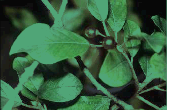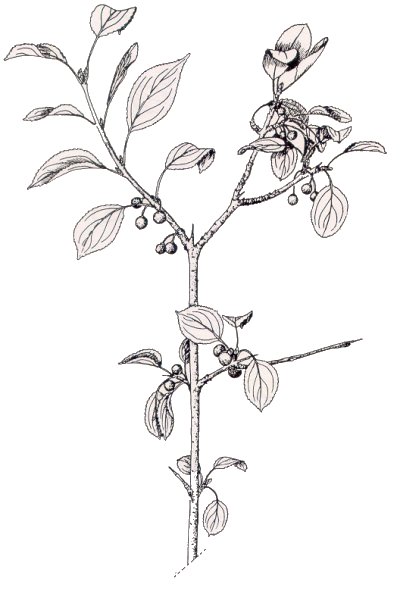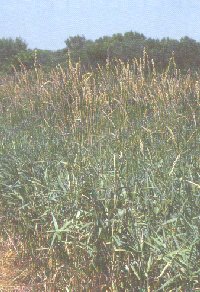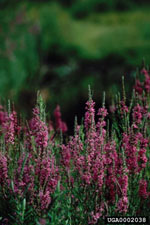Invasive plants are aggressive. They can take a complex ecosystem and make it simple. In addition, the species that feed on the invasive plants and the diseases that affect them don't always come with them, which allows them to completely take over a highly complex and fragile ecosystem. Displacement of indigenous populations by invasive species also alter food webs, nutrient dynamics, natural processes, and life-history patterns of the native fauna and flora. Many invasive plants form dense monocultures that deprive native species of space, light and nutrients, altering the structure and composition of natural communities; consequently, wildlife species are deprived of native food sources and other necessary habitat elements.
In disturbed areas of the watershed, it is important to keep invasives from establishing themselves. The invasives that the Huron Creek watershed are most susceptable to are Glossy & European Buckthorn (Rhamnus cathartica & Rhamnus frangula), Purple Loosestrife (Lythrum salicaria) and the Reed Canary Grass (Phalaris arundinacea). Other emerging invasive species that maybe of concern include the Phragmites and the Eurasian watermilfoil and others.
Glossy
Buckthorn |
 |
European
Buckthorn |
 |
|
Purple
Loosestrife |
B. Blossey |
Reed Canary
Grass |
 |
Significant amounts of information about each, including their history and preferred conditiions, can be found on the web.
